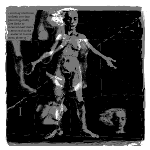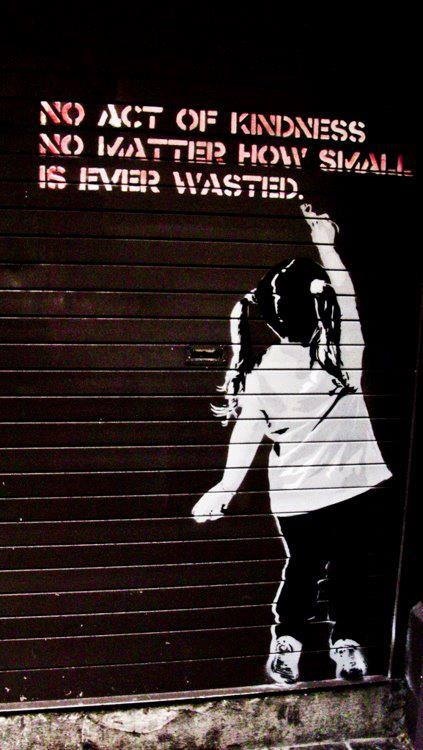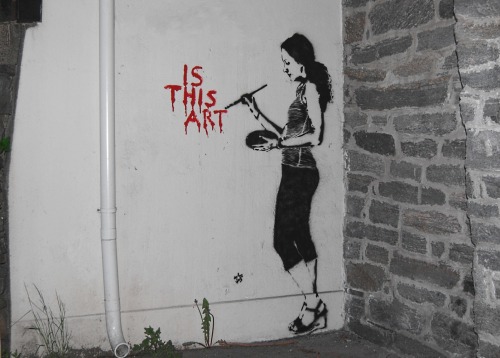Quick! Before classes, or work, or tonight while the kids are asleep, or packed into any carve-it-out-and-take-a-minute time you’ve got, just go soak up inspiration from these folks.
* * *
Last year I passed a notebook around the #WomensMarch, asking people to write why they marched. This year, I passed the notebook again. #WomensMarchNYC #WomensMarch2018 https://t.co/MgWEVMF295 pic.twitter.com/frNY2FOm68
— Corrie Hulse (@corrie_hulse) January 22, 2018
* * *
From The New York Times, “Women’s March 2018: Thousands of Protestors Take to the Streets.”
“Desiree Joy Frias, 24, of the Bronx, and her grandmother, Daisy Vanderhorst, wore red capes and curved white hoods — the telltale outfits of the enslaved child-bearers of “The Handmaid’s Tale,” which was recently adapted for television from Margaret Atwood’s dystopian science fiction novel.”
See? It’s literary news.
* * *
In celebration of the release of The Largesse of the Sea Maiden—reviewed here, by Michael Schaub at NPR—experience “Now.” A poem about which a friend said: “Wow. He sure knows how to inhabit the ineffable.” (Sorry, but I’ve only been able to find it online as a Facebook post.) The Poetry Foundation has many more of Denis Johnson’s poems available here.
* * *
“The Poem Climbs the Scaffold and Tells You What It Sees.” Natasha Oladukun. The Adroit Journal.
*
Read in whatever order, but read Paige Lewis’s “Eager,” and this note to the poet at One Great Things.
*
Oh, mortality, and all that comes before it… “Assisted Living” by M. Stone, at formercactus.com.
*
FEAR NO LIT presents: Show Your Work, Episode 10: Laura Citino - "What She Does When She Gets Lonely" in podcast chit chat, and Citino’s story is right here at Split Lip.
*
If you missed this one at Pithead Chapel, you have no excuse now to miss it again. “This Dog, This Shower, This Bench, This Morning” by Janet Frishberg.
From Twitter: Taylor Johnson's "Nocturne" in Tin House
*
If you lean more toward longer short fiction, Longreads has recommendations for you, in “10 Outstanding Short Stories to Read in 2018”
* * *
Back when we had a presidential president, Alexander Chee’s “21 Lies Writers Tell Themselves (And How They Can Stop Lying To Themselves And Become Awesome!)*” ran in The Awl, which, sadly, is ending its life on the Net. Go while you can.
* * *
Was it you? “Harry Potter book known as 'Holy Grail for collectors' stolen by burglars”
Valuable edition of JK Rowling's first novel was one of only 500 printed in 1997
* * *
This month’s issue of Brevity is (as always) filled with jaw-droppingly strong nonfiction. Some standouts to hit from here are “At My School” by Courtney Kersten, and “Turn, Bend, and Spread” by Michael Fischer.
“The bathroom walls are a battle. Between dissent and Magic Erasers, between wrath and paint, between the kids and the janitors.
I sit on the toilet and read—about the protests back in November, about the institution protecting rapists, about Chance the Rapper, about which Instagram accounts to follow, about whether or not Jeff Sessions is Hitler-incarnate, about the taco place downtown that gives you diarrhea. Do NOT go!!! I read the messages one day and watch them morph the next; the graffiti augmented by agreement, argument, or thick lines of deletion.”
From “At My School” by Courtney Kersten
* * *
here is my entire “A Story Like Mine” poem from today’s #WomensMarch2018 in NYC tw: rape / assault. Thank you. pic.twitter.com/l3fji73woM
— h (@halsey) January 20, 2018
*
Inspiration at work.
Later, y'all.




























![By Zina Deretsky, National Science Foundation [Public domain], via Wikimedia Commons](https://images.squarespace-cdn.com/content/v1/5577a12ae4b053a499f459d5/1510514171788-NSFHS5523B5ETP00IALS/800px-Reproductive_cycle_of_jellyfish+%281%29.jpg)










